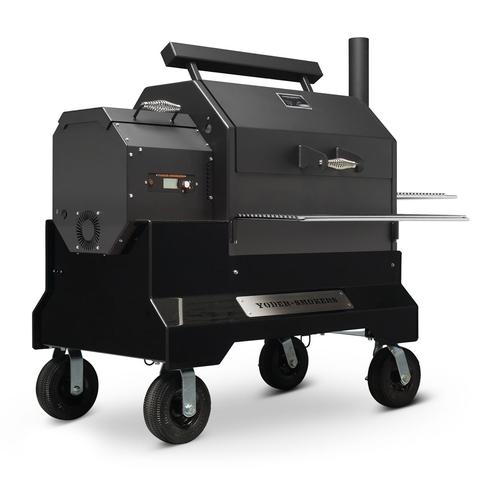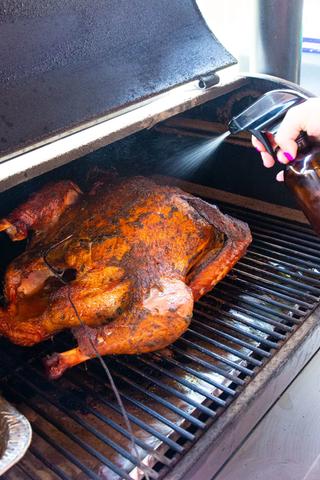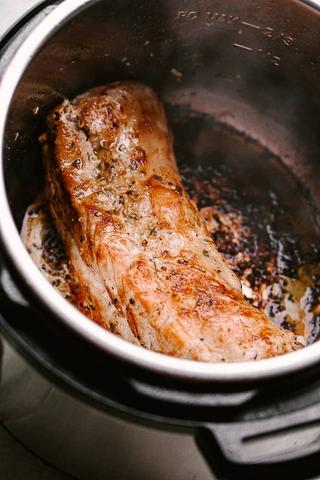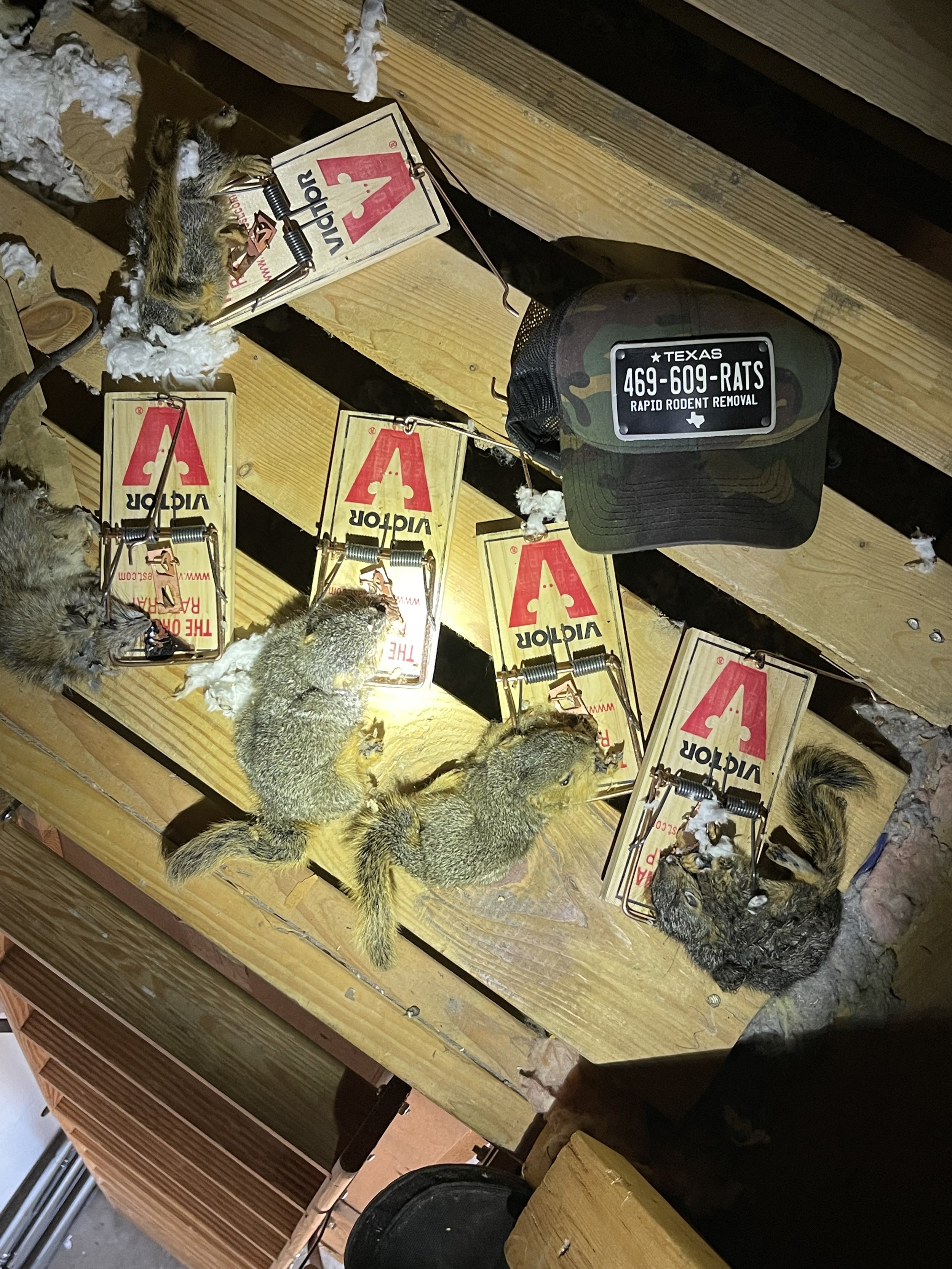
A squirrel can survive trapped in a wall for about 3 to 5 days without food and water. Immediate removal is crucial to prevent suffering.
Squirrels often get trapped in walls due to their curiosity and agility. These small creatures can cause significant problems if not promptly rescued. They may gnaw on wires, leading to potential fire hazards. The noise they create can be disturbing, and their presence may result in unpleasant odors.
Homeowners should act swiftly to address this issue. Contacting a professional wildlife removal service ensures the squirrel’s safe extraction. Preventive measures, like sealing entry points, can help avoid future incidents. Understanding squirrel behavior and acting quickly can protect both your home and the trapped animal.
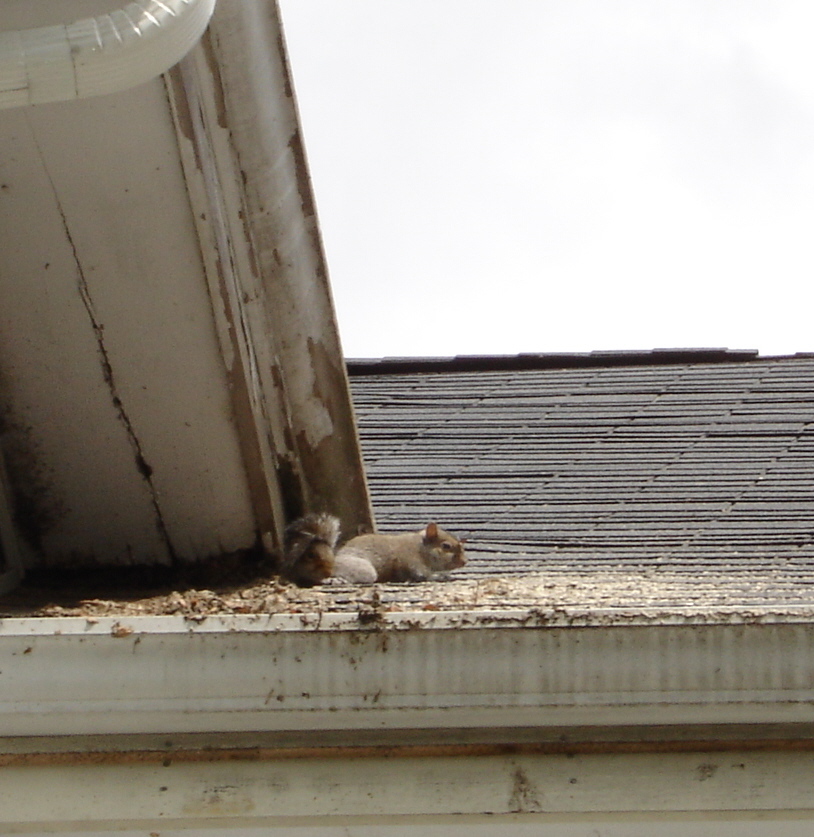
Credit: www.batguys.com
Introduction To Squirrels In Walls
Squirrels are cute and fascinating creatures. Yet, they can be a nuisance when they invade homes. When squirrels get trapped in walls, it becomes a pressing issue. The sound of scratching and scurrying can be disturbing. The presence of a trapped squirrel also poses health risks.
Common Reasons For Entrapment
Squirrels often seek shelter in homes for warmth and safety. They can enter through small openings and cracks. Once inside, they may get lost and trapped in walls. This situation occurs often during the colder months.
- Seeking warmth
- Looking for food
- Escaping predators
- Building nests
Initial Signs Of A Squirrel In Your Wall
Recognizing the signs of a squirrel in your wall is crucial. Early detection can help in taking swift action. Here are some common signs:
- Scratching Noises: Squirrels scratching or chewing on wood.
- Strange Smells: A foul odor from their droppings or urine.
- Visible Damage: Gnaw marks on walls or insulation.
- Nesting Materials: Leaves or twigs found inside your home.
These signs indicate a trapped squirrel and need immediate attention. If left unchecked, the problem can worsen.
Squirrel Physiology And Survival
Squirrels are small, agile animals. Their bodies are designed for survival. They can live in various environments. But how long can they survive trapped in a wall? Let’s explore their physiology, dietary needs, and hydration requirements.
Dietary Needs
Squirrels need food to survive. They eat nuts, seeds, and fruits. Trapped in a wall, they can’t find their usual food. Lack of food weakens them quickly.
- Nuts: Provide essential fats and proteins.
- Seeds: Offer vital nutrients.
- Fruits: Supply energy and vitamins.
| Food Type | Importance |
|---|---|
| Nuts | Essential fats and proteins |
| Seeds | Vital nutrients |
| Fruits | Energy and vitamins |
Hydration Requirements
Water is crucial for survival. Squirrels need water daily. In a wall, finding water is hard. Lack of water can be fatal quickly.
- Dehydration: Can occur within 24 hours.
- Signs: Weakness, lethargy, and dry mouth.
- Survival Time: Less than a week without water.
Survival Timeframe Without Food And Water
Understanding how long a squirrel can live trapped in a wall is important. Without food and water, a squirrel’s survival window is limited. This section explores the timeframe based on starvation and dehydration.
Impact Of Starvation
Starvation severely affects a squirrel’s body. Squirrels rely on stored fat for energy. Typically, a squirrel can last about 5-8 days without food. During this period, the squirrel’s body consumes its fat reserves. Once the fat is gone, the body starts breaking down muscle tissue.
Symptoms of starvation include:
- Weakness
- Lethargy
- Weight loss
Without food, the squirrel’s organs will eventually fail. This leads to death within a week.
Dehydration Effects
Dehydration is even more critical than starvation. Squirrels need water to survive. Without water, a squirrel can only live for about 2-3 days.
Signs of dehydration are:
- Dry mouth
- Sunken eyes
- Loss of skin elasticity
Within a short period, dehydration leads to severe organ damage. The squirrel will eventually die from organ failure.
In summary, a squirrel trapped in a wall without food and water can survive a few days. This timeframe depends on the squirrel’s health and environment.
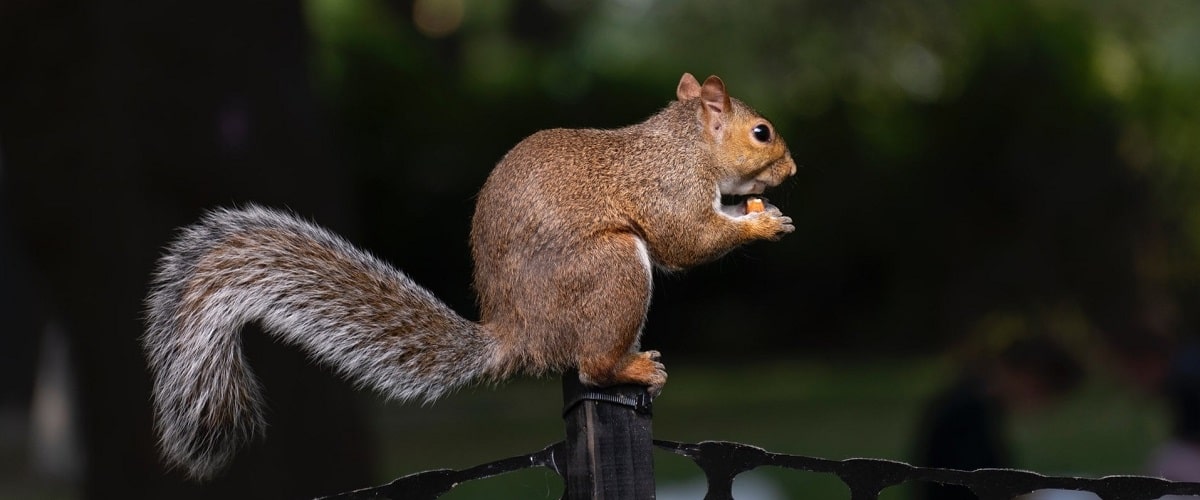
Credit: www.trutechinc.com
Environmental Factors
Understanding the environmental factors can help us determine how long a squirrel can survive when trapped in a wall. Temperature, air quality, and other elements play crucial roles. Let’s break down these factors to see their impact on the trapped squirrel’s survival.
Temperature Extremes
Temperature is a critical factor. Squirrels are sensitive to temperature extremes. If the wall is too hot or too cold, their chances of survival decrease.
- High Temperatures: If the wall heats up, the squirrel can suffer from heatstroke.
- Low Temperatures: If it’s too cold, the squirrel could suffer from hypothermia.
Optimal temperatures range from 60°F to 80°F. Outside this range, survival time decreases significantly.
Air Quality
Air quality inside the wall also affects the squirrel’s survival. Fresh air is essential for any living creature.
- Oxygen Levels: Low oxygen can make it hard for the squirrel to breathe.
- Ventilation: Poor ventilation can trap harmful gases, making the environment toxic.
Proper air flow can prolong the squirrel’s survival time, while poor air quality can shorten it.
| Factor | Impact on Squirrel |
|---|---|
| High Temperatures | Can cause heatstroke |
| Low Temperatures | Can cause hypothermia |
| Low Oxygen | Breathing difficulties |
| Poor Ventilation | Toxic environment |
Understanding these environmental factors helps us realize the urgency of rescuing a trapped squirrel. By considering temperature and air quality, we can take the necessary steps to save the squirrel in time.
Behavioral Responses
When a squirrel gets trapped in a wall, it exhibits various behavioral responses. These responses are driven by fear and the natural instinct to survive. Understanding these behaviors can help in rescuing the animal efficiently.
Stress And Panic
Stress and panic are common in squirrels trapped in confined spaces. These animals experience high levels of anxiety, leading to frantic movements. The confined space amplifies their stress, causing them to scratch and chew relentlessly.
Stress can also lead to health problems. Prolonged panic can cause a weakened immune system. The squirrel may become more susceptible to illnesses.
Attempts To Escape
Squirrels will make numerous attempts to escape from the wall. They will try to find weak spots in the structure. Scratching and gnawing are their primary methods.
They may focus on areas near ventilation or cracks. Squirrels use their sharp teeth to create openings. They are persistent and will continue trying until they succeed or exhaust themselves.
| Behavior | Description |
|---|---|
| Scratching | Constant scratching at walls to find an exit. |
| Chewing | Gnawing on wood and drywall to create an escape route. |
| Vocalizing | Making distress calls to attract attention and help. |
Vocalizing is another common behavior. Squirrels may make distress calls. These calls can alert humans to their presence. The vocalizations are usually high-pitched and repetitive.
In summary, squirrels exhibit clear behavioral responses. Recognizing these signs can aid in timely rescue efforts.
Potential Health Risks
When a squirrel gets trapped in a wall, it can pose significant health risks. These risks affect both the squirrel and the residents of the home.
Disease Transmission
Squirrels can carry various diseases that might spread to humans. These include:
- Salmonella: Causes severe stomach issues.
- Leptospirosis: Leads to headaches and fever.
- Lyme Disease: Transmitted through ticks on squirrels.
Contact with squirrel droppings can spread these diseases. Inhaling dust from droppings can also be harmful.
Decomposition Concerns
If a squirrel dies in a wall, decomposition starts quickly. This can cause:
- Foul Odors: The smell can be unbearable.
- Insect Infestation: Flies and maggots may appear.
- Mold Growth: Moisture from decomposition can cause mold.
These issues can compromise indoor air quality. They can also lead to structural damage over time.
| Health Risk | Impact |
|---|---|
| Disease Transmission | Illness from bacteria and viruses |
| Decomposition | Odor, insects, and mold |
Understanding these risks can help you take quick action. Protect your health and your home by addressing the problem promptly.
Safe Removal Methods
Finding a squirrel trapped in your wall can be distressing. Knowing the right safe removal methods is crucial to protect both the animal and your home. This guide will help you understand humane and effective ways to handle the situation.
Humane Trapping
Humane trapping is a gentle way to remove a squirrel. First, identify the entry point. Use a one-way door trap to allow the squirrel to exit without re-entering. Check the trap regularly to ensure the squirrel’s safety.
Provide some food inside the trap to attract the squirrel. Nuts, seeds, and fruit work well. Once trapped, relocate the squirrel to a safe, distant location. Always wear gloves to protect yourself from bites and scratches.
Professional Assistance
If you can’t handle it, call a professional. Wildlife experts have the tools and experience needed. They can safely remove the squirrel without causing harm.
Professionals also inspect your home for entry points. They seal these to prevent future incidents. This ensures your home remains squirrel-free.
Below is a comparison of DIY and Professional methods:
| Method | Pros | Cons |
|---|---|---|
| DIY Humane Trapping |
|
|
| Professional Assistance |
|
|
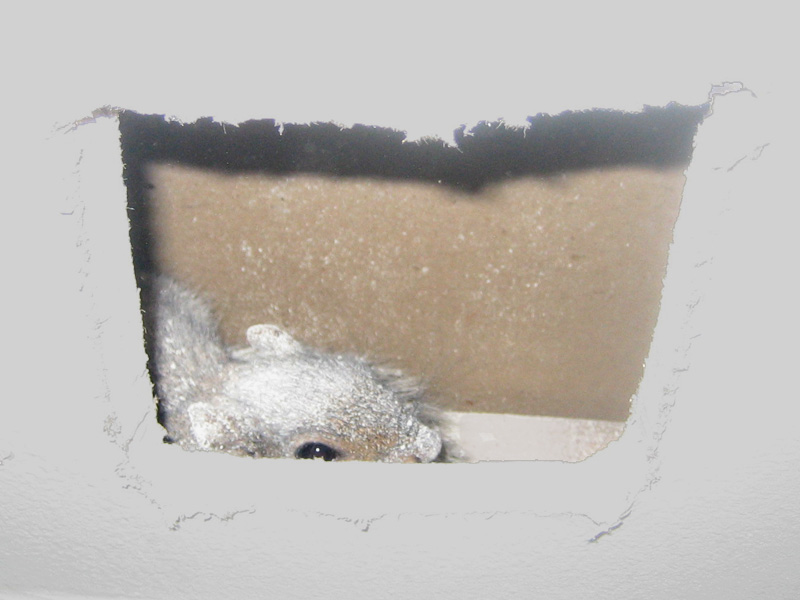
Credit: wildliferemovalusa.com
Preventative Measures
Preventing squirrels from getting trapped in your walls starts with proactive steps. These measures can save time, money, and distress. Here are some effective strategies you can implement.
Sealing Entry Points
One of the most effective ways to keep squirrels out is by sealing entry points. Look for gaps, holes, or cracks in your home’s exterior.
- Use caulk to fill small cracks.
- Install mesh wire over larger holes.
- Ensure all windows and doors close securely.
Pay special attention to areas around the roof. Squirrels often enter through the attic. Using sturdy materials can prevent them from chewing through.
Regular Home Inspections
Conducting regular home inspections helps identify potential entry points. Make this a routine activity, especially before winter.
- Inspect the attic and basement for signs of squirrels.
- Check vents and chimneys for gaps or damage.
- Look for droppings, nests, or gnawed wires.
Use a flashlight for dark areas. If you find any signs, take immediate action. This can prevent a small issue from becoming a big problem.
| Inspection Area | What to Look For |
|---|---|
| Attic | Droppings, nests, gnawed wood |
| Basement | Holes, cracks, droppings |
| Exterior | Gaps, holes, loose vents |
Frequently Asked Questions
How Long Can A Squirrel Survive In A Wall?
A squirrel can survive in a wall for up to a week. It depends on access to food and water. Without these, survival is limited.
What Should I Do If A Squirrel Is Trapped?
If a squirrel is trapped, contact wildlife control. Avoid trying to free it yourself. Professionals can handle the situation safely.
Can A Trapped Squirrel Cause Damage?
Yes, a trapped squirrel can cause significant damage. They may chew wires and insulation. This can lead to expensive repairs.
How To Know If A Squirrel Is Trapped In A Wall?
Listen for scratching or scurrying sounds. You may also notice unusual odors. These are common signs of a trapped squirrel.
Conclusion
Squirrels trapped in walls face severe stress and limited resources. Act quickly to ensure their safe removal. Professional help can prevent further damage. Regular home inspections can avert such situations. Always prioritize humane solutions for wildlife issues. Keeping your home secure helps protect both animals and your property.
Learn More About Grilling
If you want to learn more about grilling, check out these other helpful resources!

